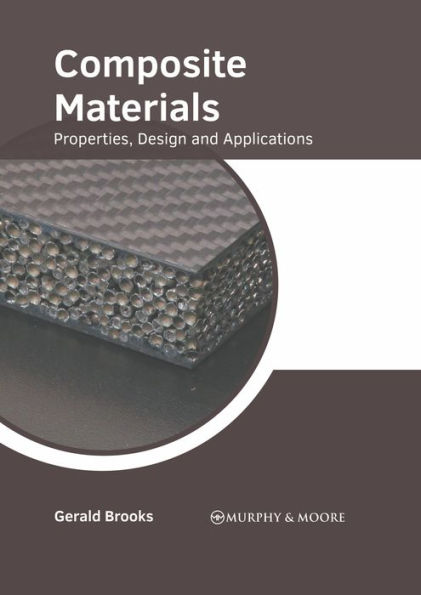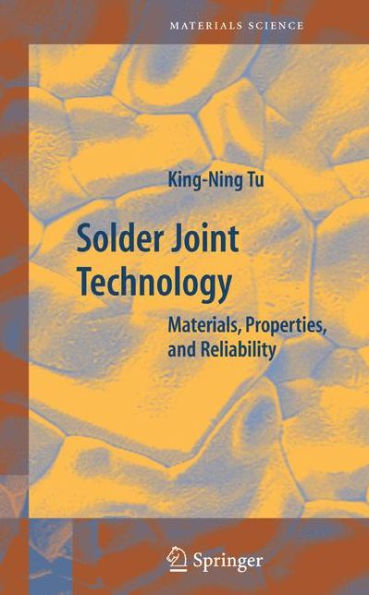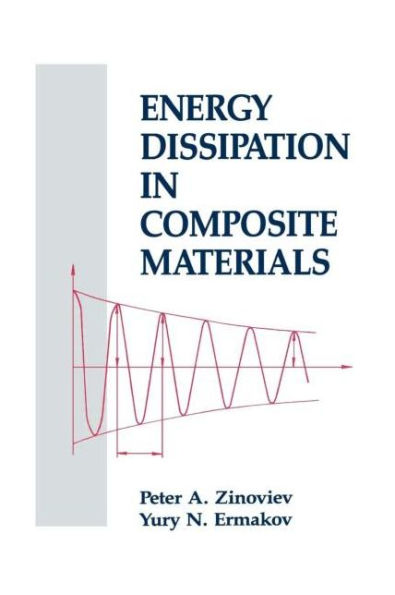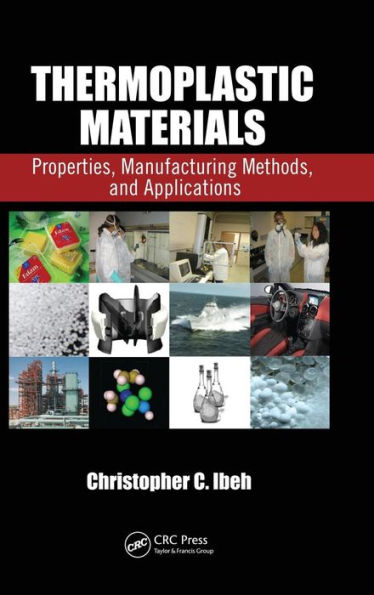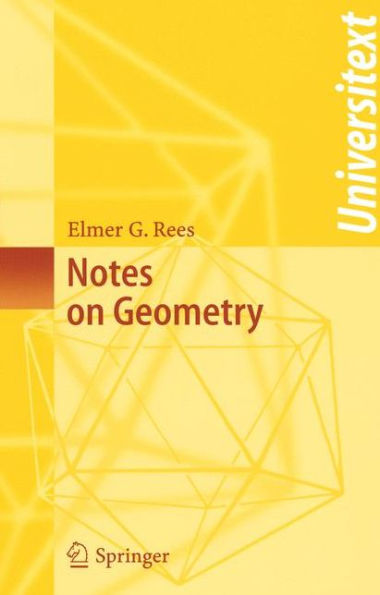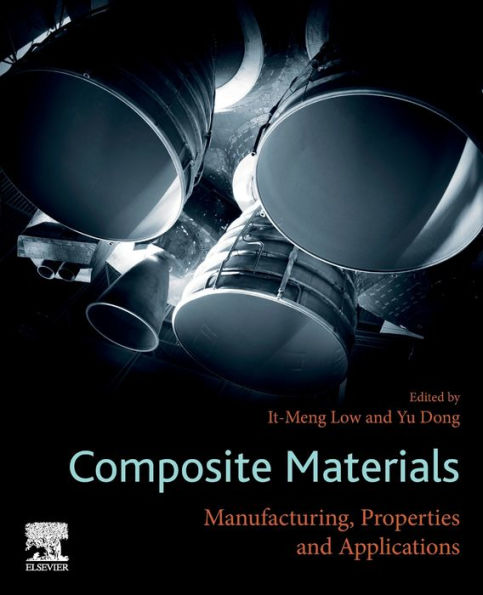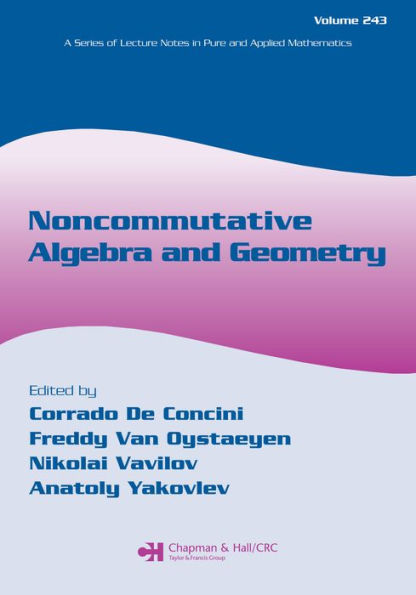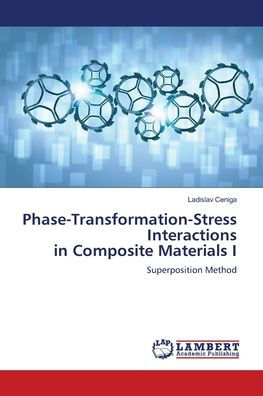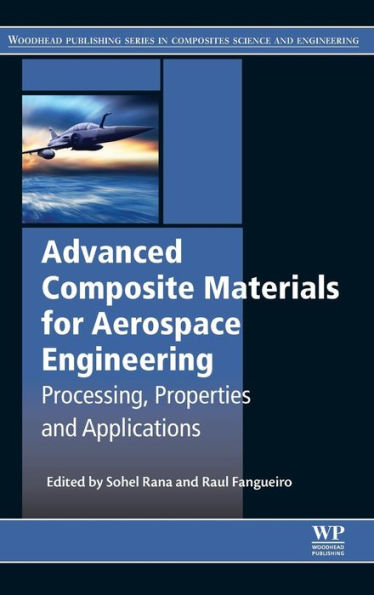Home
Composite Materials: Properties as Influenced by Phase Geometry / Edition 1
Loading Inventory...
Barnes and Noble
Composite Materials: Properties as Influenced by Phase Geometry / Edition 1
Current price: $109.99
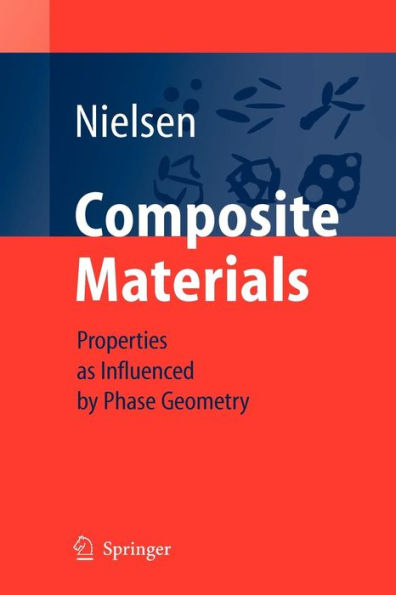

Barnes and Noble
Composite Materials: Properties as Influenced by Phase Geometry / Edition 1
Current price: $109.99
Loading Inventory...
Size: OS
*Product Information may vary - to confirm product availability, pricing, and additional information please contact Barnes and Noble
In the past five decades considerable attention has been devoted to comp- ite materials. A number of expressions have been suggested by which mac- scopic properties can be predicted when the properties, geometry, and volume concentrations of the constituent components are known. Many expressions are purely empirical or semi-theoretical. Others, however, are theoretically well founded such as the exact results from the following classical boundary studies: Bounds for the elastic moduli of composites made of perfectly coherent homogeneous, isotropic linear elastic phases have been developed by Paul [1] and Hansen [2] for unrestricted phase geometry and by Hashin and Shtrikman [3] for phase geometries, which cause macroscopic homogeneity and isotropy. The composites dealt with in this book are of the latter type. For two specific situations (later referred to), Hashin [4] and Hill [5] derived exact - lutions for the bulk modulus of such materials. Hash inconsidered the so-called Composite Spheres Assemblage (CSA) consisting of tightly packed congruent composite elements made of spherical particles embedded in concentric - trix shells. Hill considered materials in which both phases have identical shear moduli. In the field of predicting the elastic moduli of homogeneous isotropic c- posite materials in general the exact Hashin and Hill solutions are of thoretical interest mainly. Only a few real composites have the geometry defined by Hashin or the stiffness distribution assumed by Hill. The enormous sign- icance, however, of the Hashin/Hill solutions is that they represent bounds which must not be violated by stiffness predicted by any new theory claiming to consider geometries in general.
